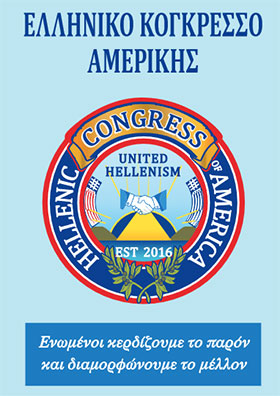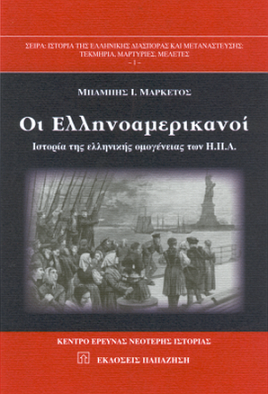Holocaust Museum in a Unique City: Revisiting the spot where death stalked 50,000

By Charles J. Mouratides
CHI Executive Director
We stood silent, recently, among the rusted tracks in Thessaloniki’s old, open-air, abandoned railroad station. Devoid of activity now, the landscape emphasized the tragic events of 70 years ago. The emptiness hovering in the air punctuated the few sentences my friend uttered as a matter of fact.
Painful memories of unimagined brutality and human misery haunt every stone and every broken rail switch.
“The Nazis rounded us up in the little shacks over there,” said my friend Heintz Kounio, a Holocaust Survivor. He pointed to the remnants of sheds across the street from the railroad station, in the old Baron Hirsch Jewish neighborhood. “This road did not exist at that time,” he said pointing to the road now separating the old railroad area from the Hirsch district. “There was just a small field, like farmland. We crossed it at night, rushing, in groups totaling about 2,500 people. The soldiers rounded the people at night. They ordered us to climb into the boxcars of the waiting train.”
Today, it is in this area that we are designing the Holocaust Museum and Education Center of Greece in Thessaloniki.

Holocaust Survivor Heintz Kounio during a recent visit to the old railroad station, the spot from where 50, 000 Thessaloniki Jews were deported to the death camps. Tracks and location have been almost abandoned, virtually as in March 1943

The steam-powered trains from Thessaloniki headed primarily to Auschwitz, as the unsuspecting Thessalonian Jews found out at the end of the 7-day trip. As part of a carefully orchestrated fraud, they were misled that they were being transported to another friendly city in Northern Europe. Human masses of up to 90 people, including entire families, were packed standing in each cattle car with its narrow window. They crossed Eastern Europe from its Mediterranean southern tip to the frigid Polish north.
Among those transported in the first group were the Kounios, a middle class family in the camera and photography business — the parents, the 15-year-old boy, (same age as survivor Wiesel from Rumania) and his sister. Heintz, who penned the book A Liter of Soup and 60 grams of Bread about his experience, looked at me determined, one more time that day, to brave the onslaught of memories.
The world will not forget the tragedy that befell 50,000 Greek Jews from Thessaloniki, often known as Salonica or Saloniki. In a few months, the Nazis decimated an extraordinarily diverse, highly cultured community that had thrived since the days of Alexander the Great. They thought that extermination would erase history.
We aim to preserve in detail the facts about the Thessaloniki Holocaust, and the stories of the victims, at this time when anti-Semitism and denial of documented history are at their crudest hysteria in Greece. At a time when neo-Nazi groups throughout Europe strive to imitate Hitler’s hordes, we aim to erect and organize the first Holocaust Museum and Education Center of Greece, in the city where Jewish tradition and communal life set an example for the whole of Europe.
With your support we believe we can Repair History. If you wish to participate in this historic mission, please choose your preferred, secure form of contribution. All contributors, according to the offer but regardless of amount, will be listed if the donor wishes, in a museum book. The book will be entitled Repairing History and contain a description of this historic project.











Σχόλια Facebook